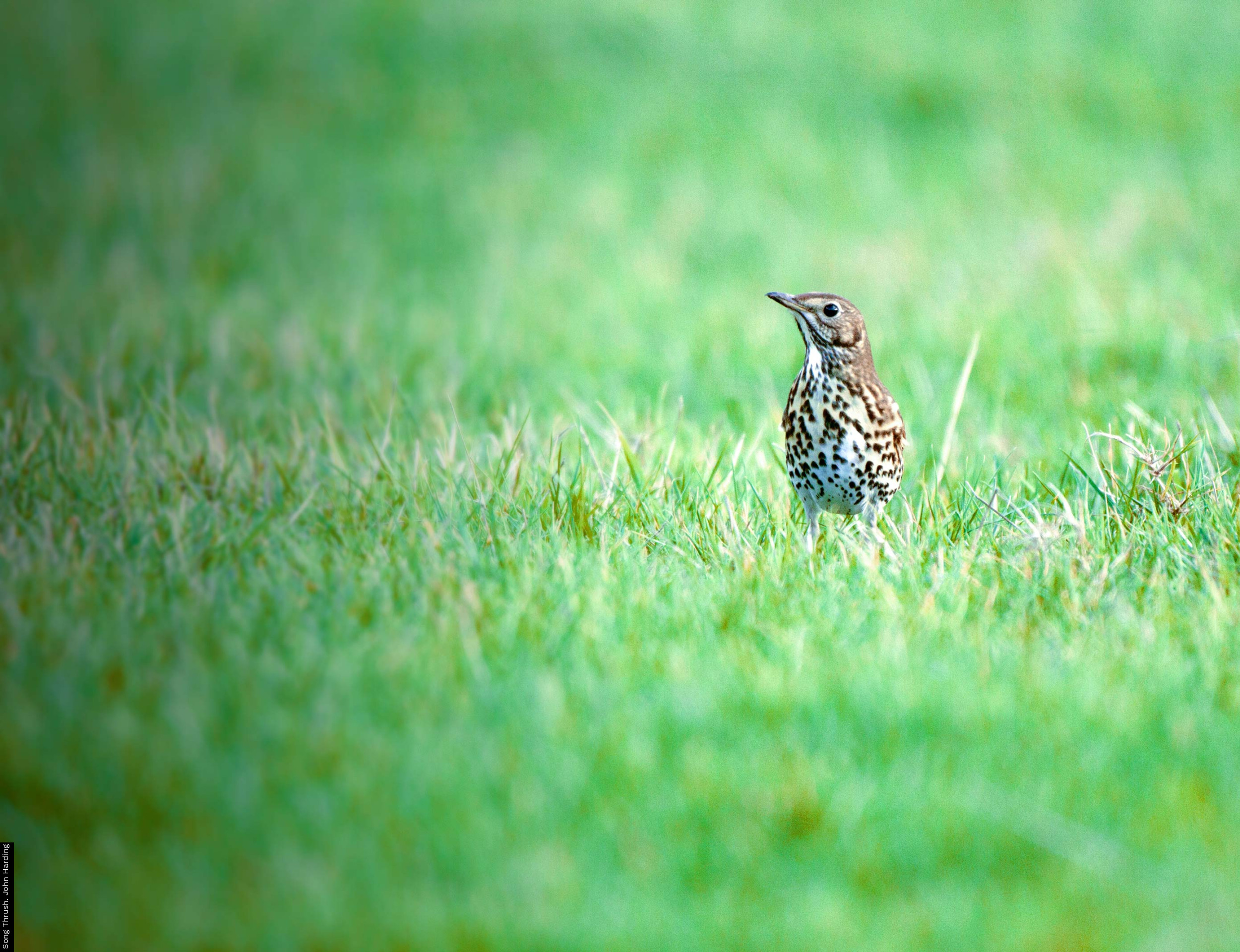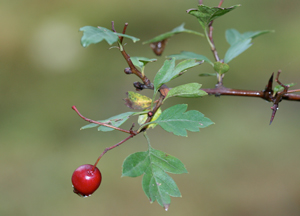Hawthorn and Midland Hawthorn
Hawthorn (Crataegus monogyna) and Midland Hawthorn (Crataegus laevigata) can be difficult to separate in the field, a problem further complicated by hybrids formed where the two species occur together.
The best feature by which to distinguish the two species is leaf shape, with the leaf lobes more deeply divided in Hawthorn than is the case in Midland Hawthorn.
Hawthorn is found across Britain and Ireland, though absent from parts of Northern Scotland, and is associated with scrub, open woodland and hedgerows. Midland Hawthorn has a core range that extents over lowland England, the plant often associated with ancient woodland and old hedgerows on clay soils. Many records from outside this core range (including a scatter of records from Scotland and Ireland) refer to planted populations.
The berries, known as haws, are scarlet and shiny when first ripe in early August but they become crimson with age and less shiny. Yellow-berried forms of Hawthorn have been recorded. Haws of Hawthorn tend to be more shiny than those of Midland Hawthorn.
Access the Online Atlas of the British & Irish Flora for more information on Hawthorn and Midland Hawthorn, including maps and other material.







Share this page